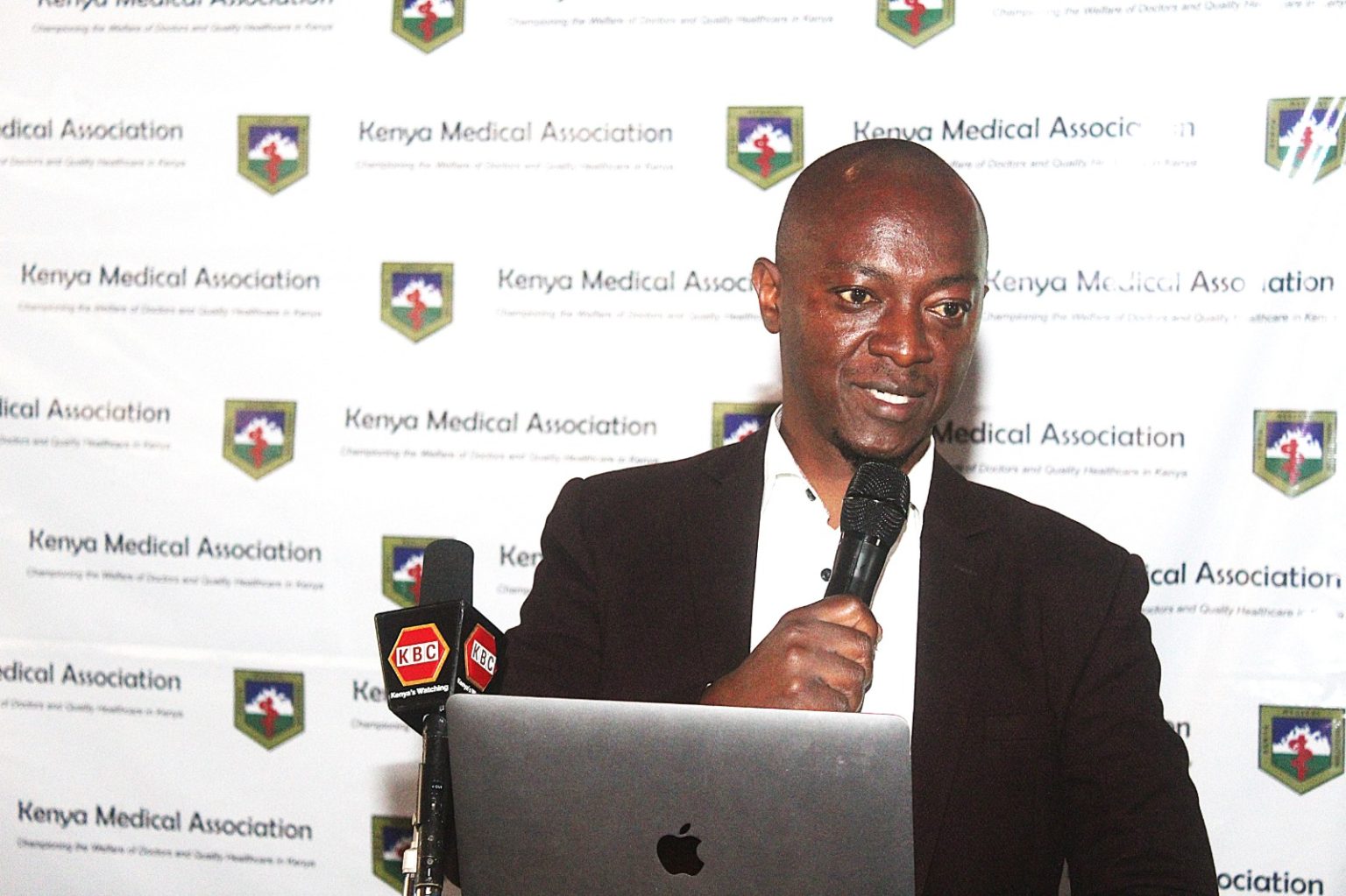By Lenah Bosibori
Kenyan health experts are calling for stronger collaboration between human, animal, and environmental health sectors to prevent future disease outbreaks and strengthen public health systems.
Speaking during a media briefing in Nairobi ahead of Global One Health Day 2025, the Kenya Medical Association (KMA) and the Kenya Veterinary Association (KVA) highlighted that the health of people, animals, and the environment are deeply connected a reality the world has witnessed through pandemics and recurring zoonotic diseases.
“One Health emphasizes that human, animal, and environmental health are interconnected,” said Dr. Simon Kigondu, President KVA. “We have seen this clearly during outbreaks like COVID-19, anthrax, and Rift Valley fever. One shilling invested in prevention saves sixteen shillings in treatment.”
Dr. Kigondu noted that Kenya continues to face zoonotic threats such as rabies and anthrax, which could have been prevented through joint interventions between veterinarians, doctors, and environmental experts.
As part of this year’s celebrations, Kenya will host a week-long One Health Activities from November 3 to 7, showcasing 35 research abstracts and drawing participants from across Africa and beyond.
Dr. Victor Yamo, Executive Director of the Global One Health Advocacy Alliance (GOHA) and Chairperson of the One Health Planning Committee, echoed this sentiment, stressing that 70% of emerging and re-emerging diseases originate from animals.
“If we don’t sort out problems affecting animals, we will not solve problems affecting humans,” said Dr. Yamo. “It costs ten times more to treat a human infected with rabies than to vaccinate a dog. Prevention is cheaper, smarter, and more sustainable.”
The 2025 One Health Week, will include media engagements, student workshops, a scientific symposium, and a community outreach event in Thika. The celebrations aim to raise public awareness, promote preventive practices, and foster collaboration across sectors.
According to Dr. Yamo, Kenya already has operational structures such as County One Health Units (COHUs) that bring together medical, veterinary, and environmental officers to jointly respond to outbreaks. These multidisciplinary teams have been active in counties like Murang’a and Kakamega, where anthrax cases were recently reported.
The experts also warned about antimicrobial resistance (AMR) a silent global threat responsible for 1.2 million deaths annually, projected to rise to 10 million by 2050, with sub-Saharan Africa among the hardest hit.
“We need to shift from curative to preventive healthcare,” said Dr. Yamo. “Kenya allocates only 5% of its national budget to health. If we work together under the One Health approach, we can achieve more with fewer resources.”
Beyond infectious diseases, the One Health approach also addresses non-communicable diseases like diabetes and hypertension, which are linked to environmental and dietary factors.
Dr. Kigondu urged Kenyans to adopt responsible behaviors, cautioning that actions such as slaughtering sick livestock or degrading ecosystems can trigger new health crises.
“Everyday choices from how we treat animals to how we handle waste affect our health,” he said. “Prevention starts with awareness and collaboration.”
As Kenya prepares to mark One Health Day 2025, experts hope the country can build stronger, more inclusive health systems that reflect the complex link between people, animals, and the planet ensuring a healthier, safer future for all.




